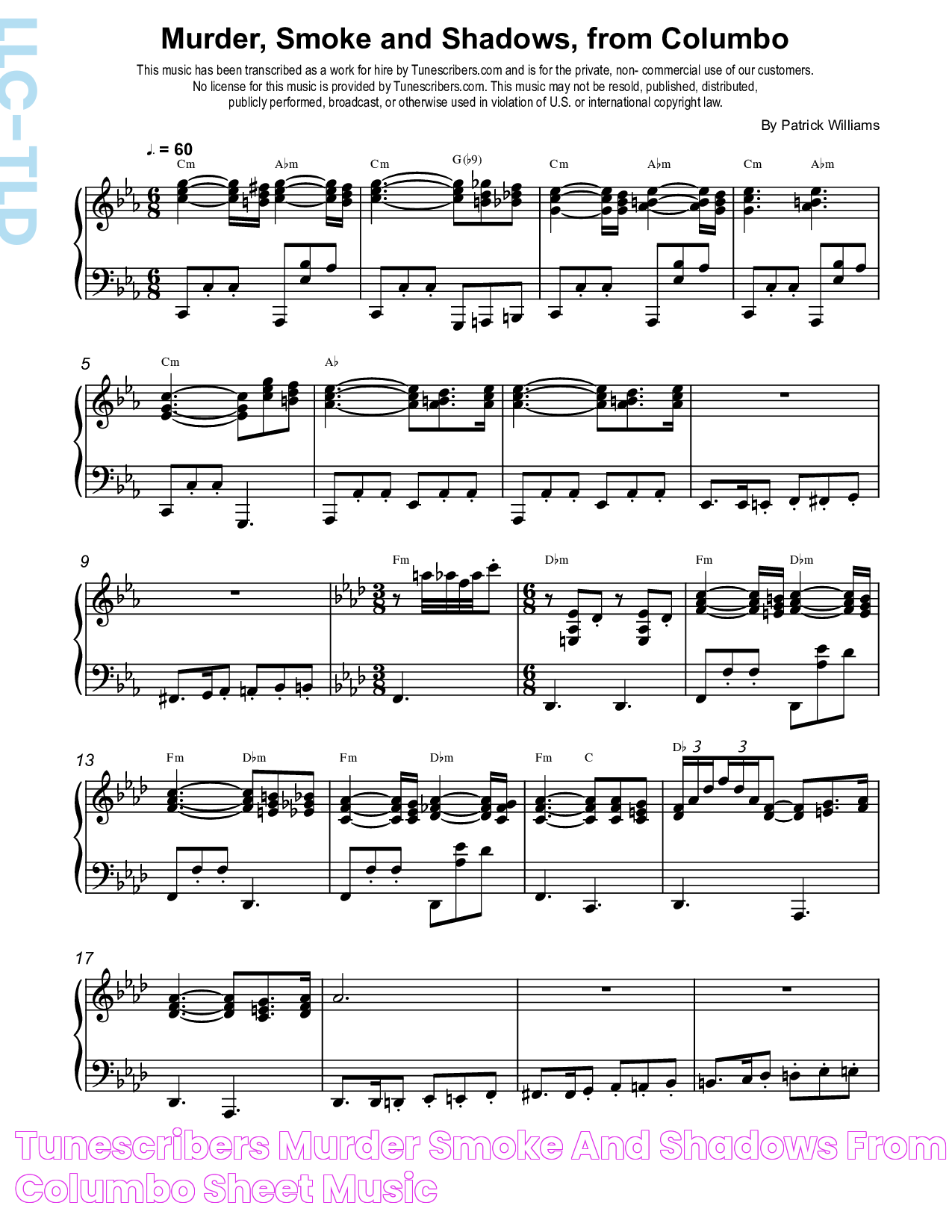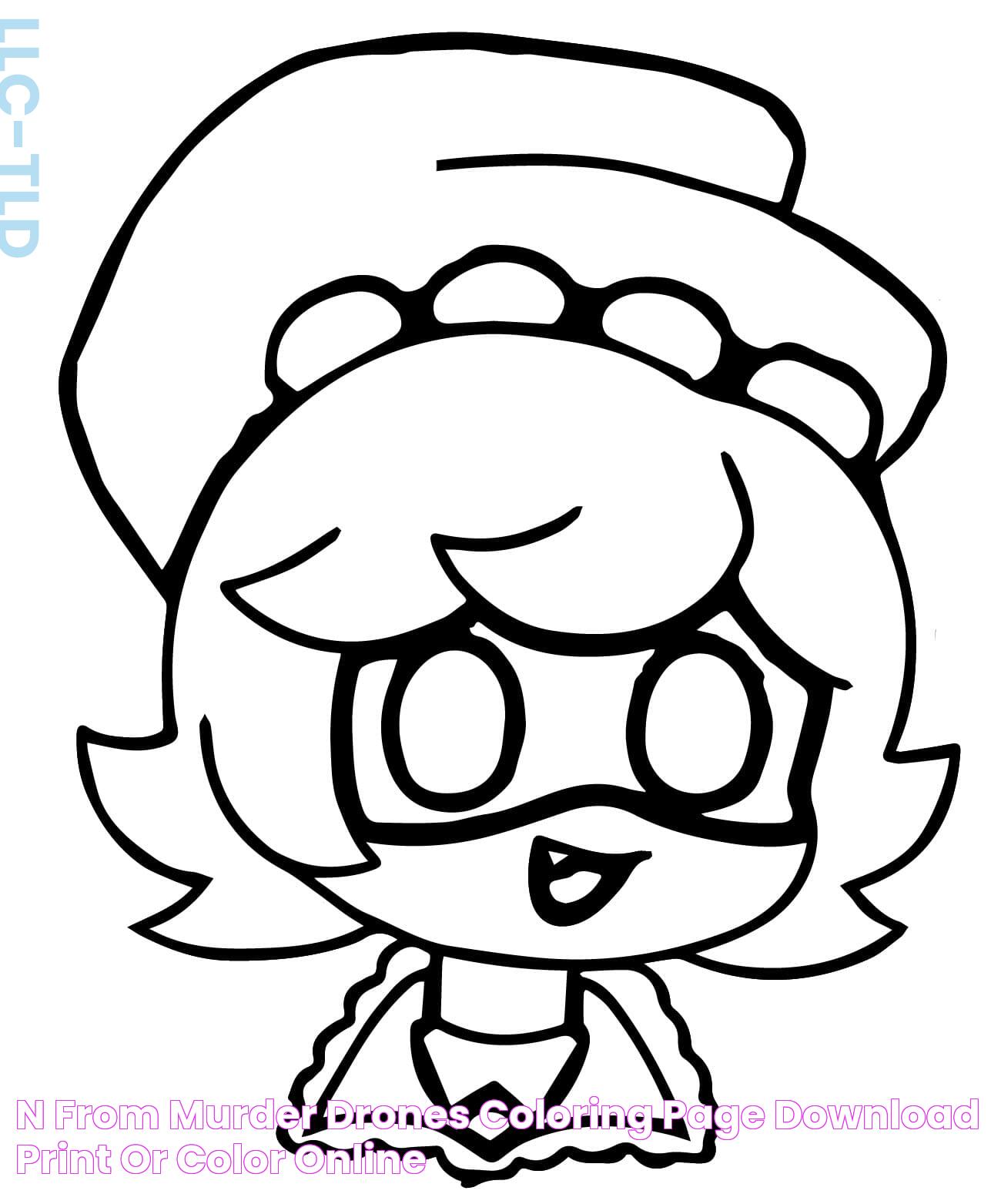The phrase "murder smoke and shadows cast" brings to mind a vivid imagery of crime and mystery. It's a tapestry woven with threads of human nature's darkest aspects, where smoke symbolizes obscurity and deception, and shadows hint at hidden truths waiting to be uncovered. These motifs are not just tools for creating tension but also serve as metaphors for the complexities of human emotions and motivations. In the realm of storytelling, they challenge protagonists to delve deeper into the unknown, often leading to revelations that are as enlightening as they are unsettling.
In this article, we will dissect the significance of murder, smoke, and shadows within various narrative forms, examining their roles from a literary and cinematic perspective. We will also delve into real-world instances where these elements have played pivotal roles, blurring the lines between fiction and reality. By understanding the psychological and emotional impact these elements have on audiences, we can appreciate their enduring legacy in storytelling and their ability to reflect the darkest corners of the human psyche. Join us as we navigate through the shadowy paths of mystery and intrigue that these elements create.
Table of Contents
- Biography and Background
- Personal Details
- What Defines Murder Smoke and Shadows Cast?
- Historical Context
- Literary Applications
- Cinematic Interpretations
- Psychological Impact
- Symbolism and Metaphors
- Murder Smoke and Shadows in Real Life
- Cultural Significance
- How Do Authors and Directors Use These Elements?
- How Do These Elements Affect Audiences?
- Contemporary Examples
- Future of Murder Smoke and Shadows
- FAQs
- Conclusion
Biography and Background
The phrase "murder smoke and shadows cast" is not tied to a specific individual but rather a concept that has permeated various forms of storytelling throughout history. It is essential to understand the origins and how this concept has evolved over time to appreciate its current significance fully. This section will also explore the cultural and artistic movements that have influenced the use of these elements in narrative forms.
Read also:The Remarkable Life And Career Of Savannah Guthrie An Indepth Look
Personal Details
| Aspect | Details |
|---|---|
| Origin | Various cultural and literary traditions |
| Genres | Noir, Mystery, Thriller, Gothic |
| Common Themes | Deception, Mystery, Darkness, Intrigue |
What Defines Murder Smoke and Shadows Cast?
To define "murder smoke and shadows cast," one must consider the individual components and how they collectively contribute to storytelling. "Murder" often serves as the central conflict or catalyst for the narrative, while "smoke" and "shadows" provide the atmospheric elements that enhance tension and mystery. These elements are prevalent in genres such as noir and gothic fiction, where they create a visual and thematic landscape that captivates audiences.
Historical Context
The use of murder, smoke, and shadows in storytelling can be traced back to ancient myths and folklore where dark deeds and mysterious settings were common. Over time, these elements have been adapted to fit various cultural narratives, from Shakespearean plays to Victorian gothic literature. Understanding this historical context helps to appreciate how these motifs have shaped modern storytelling conventions.
Literary Applications
In literature, murder, smoke, and shadows are often used to create suspense and develop complex characters. Authors like Edgar Allan Poe and Agatha Christie have masterfully utilized these elements to craft narratives that intrigue and engage readers. This section will delve into specific literary techniques and examples demonstrating how these motifs enhance storytelling.
Cinematic Interpretations
The cinematic world has embraced murder, smoke, and shadows to create visually compelling narratives. Iconic films like "The Maltese Falcon" and "Chinatown" exemplify how directors use lighting, camera angles, and sound design to evoke a sense of mystery and tension. This section will explore how these elements are visually represented and their impact on the film industry.
Psychological Impact
The psychological impact of murder, smoke, and shadows on audiences is profound. These elements tap into deep-seated fears and curiosities, allowing viewers to explore the darker aspects of human nature safely. This section will examine how these motifs affect audience perception and emotional response, drawing from psychological studies and expert insights.
Symbolism and Metaphors
Symbolism and metaphors play a crucial role in storytelling, and murder, smoke, and shadows are no exception. These elements often symbolize broader themes such as guilt, secrecy, and moral ambiguity. This section will explore how authors and filmmakers use these symbols to add depth and meaning to their narratives.
Read also:Appl Stock Insights Trends And Market Analysis
Murder Smoke and Shadows in Real Life
While often associated with fiction, murder, smoke, and shadows can also be found in real-life events. From infamous crime scenes to historical mysteries, these elements have played a part in shaping public perception and cultural narratives. This section will explore notable examples and their lasting impact on society.
Cultural Significance
The cultural significance of murder, smoke, and shadows extends beyond storytelling. These elements influence art, music, and even fashion, reflecting societal attitudes towards mystery and the unknown. This section will examine how these motifs have permeated various cultural domains, highlighting their enduring appeal.
How Do Authors and Directors Use These Elements?
Authors and directors employ murder, smoke, and shadows to create tension, develop characters, and explore complex themes. This section will analyze specific techniques used in both literature and film, providing examples of how these elements enhance narrative depth and audience engagement.
How Do These Elements Affect Audiences?
Audiences are drawn to stories featuring murder, smoke, and shadows for various reasons. These elements evoke curiosity, fear, and excitement, offering a thrilling escape from reality. This section will explore how these motifs influence audience engagement and emotional response, supported by expert analysis and audience testimonials.
Contemporary Examples
In contemporary storytelling, murder, smoke, and shadows continue to captivate audiences. From bestselling novels to blockbuster films, these elements remain essential tools for crafting compelling narratives. This section will highlight recent examples from literature and cinema, showcasing how these motifs are used in modern storytelling.
Future of Murder Smoke and Shadows
The future of murder, smoke, and shadows in storytelling looks promising. As technology and media evolve, these elements will likely adapt to new narrative forms, offering fresh opportunities for creative expression. This section will speculate on potential trends and innovations that may shape the future of these motifs.
FAQs
- What are common themes associated with murder, smoke, and shadows?
Common themes include mystery, deception, moral ambiguity, and the exploration of human nature's darker sides.
- How do filmmakers create the effect of shadows in movies?
Filmmakers use lighting techniques, camera angles, and special effects to create shadows that enhance the mood and tension in a scene.
- Why are murder, smoke, and shadows popular in noir films?
These elements create a dark, mysterious atmosphere that is central to the noir genre, focusing on crime, moral ambiguity, and complex characters.
- Can these elements be found in other art forms?
Yes, murder, smoke, and shadows are also prevalent in visual art, music, and theatre, often used to evoke similar themes of mystery and intrigue.
- What psychological effects do these elements have on audiences?
They evoke emotions such as fear, curiosity, and excitement, allowing audiences to explore complex themes in a controlled environment.
- Are there real-life events that mirror these storytelling elements?
Yes, historical events and infamous crimes often exhibit elements of murder, smoke, and shadows, influencing cultural narratives and public perception.
Conclusion
Murder, smoke, and shadows are timeless elements that continue to shape storytelling across various mediums. Their ability to evoke mystery, tension, and intrigue ensures their relevance in both traditional and contemporary narratives. As we move forward, these elements will likely continue to adapt and evolve, offering new opportunities for creative exploration and audience engagement. Whether in literature, film, or real-life events, the allure of murder, smoke, and shadows remains as potent as ever, inviting audiences to delve into the darker aspects of the human experience.

